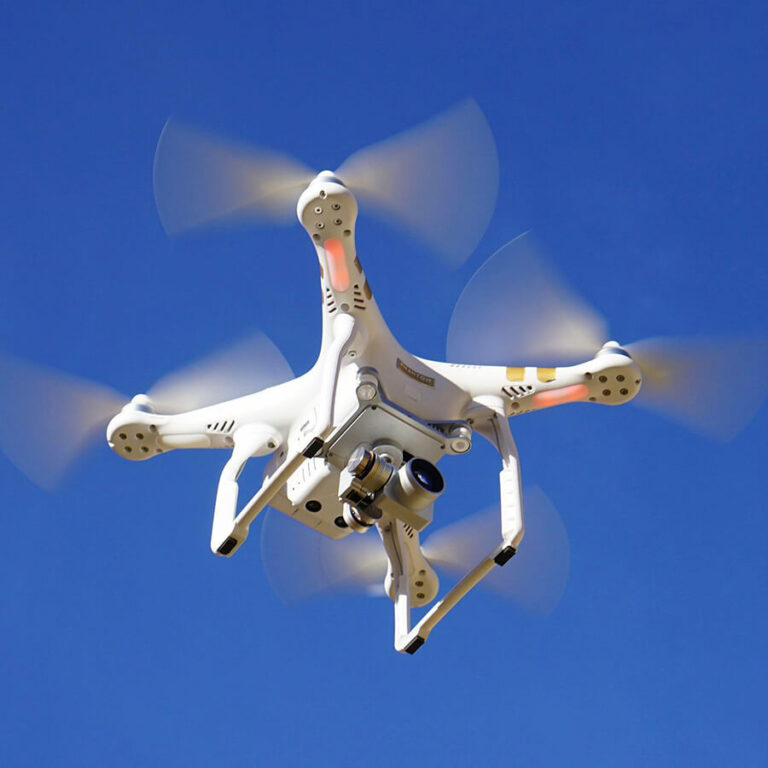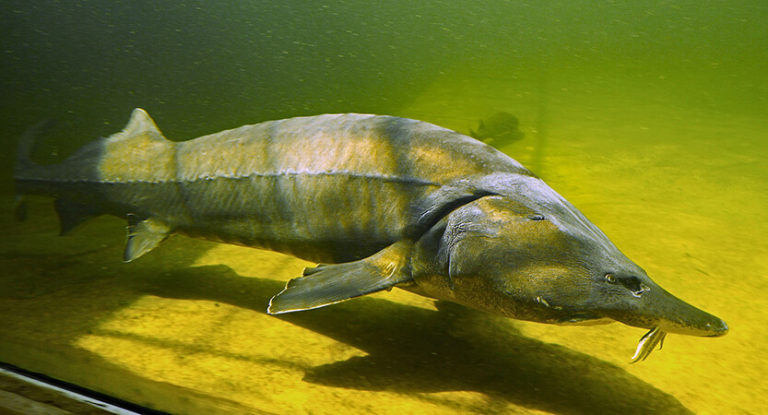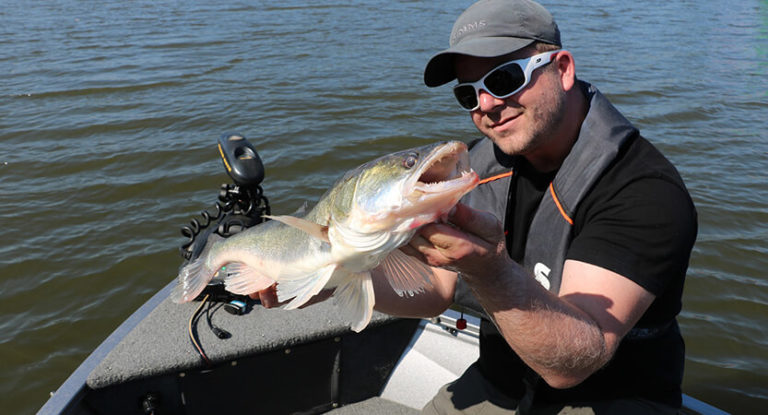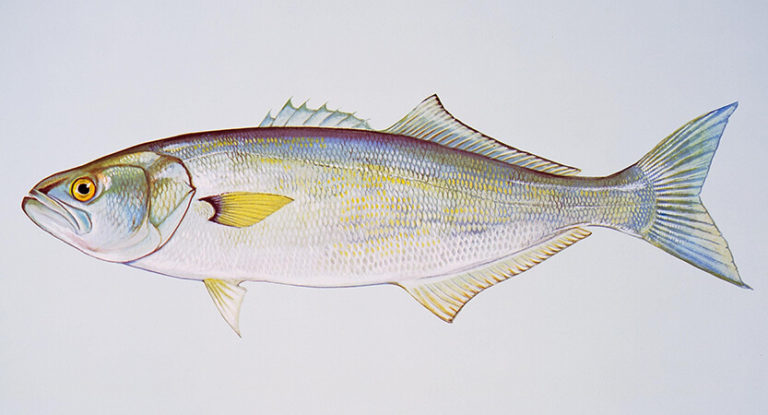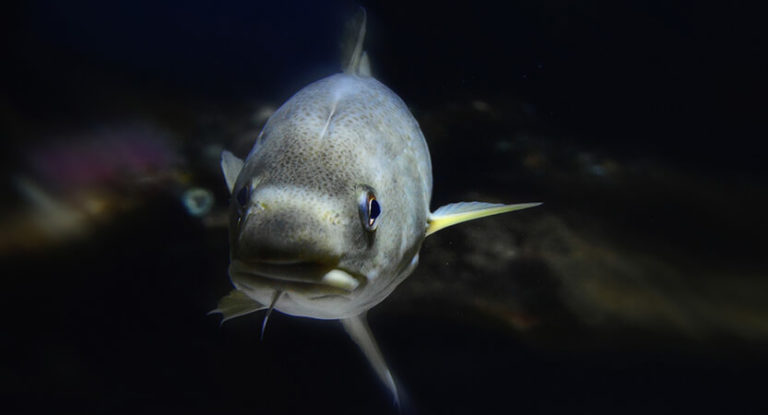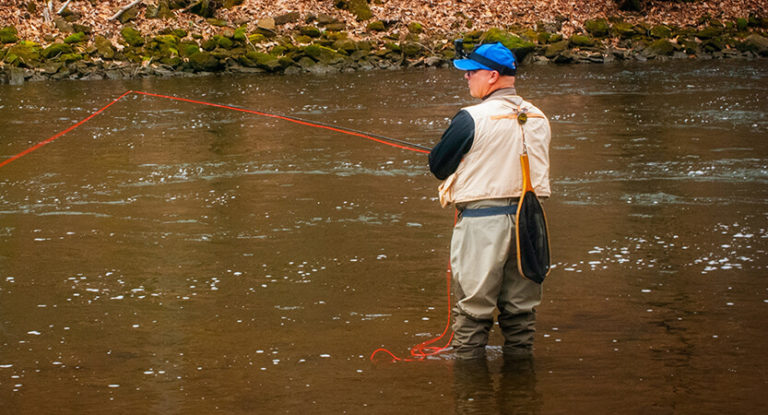There are no trifles in spinning equipment : the effectiveness of fishing depends on each element, about the right choice of which you can write more than one article. Today we will focus on which line for spinning is better to choose and tell you in detail about all the possible options. Our tips are based on the practical experience of seasoned spinners and are presented in a system accessible to novice anglers.
It would seem how simple everything is: the line is not a rod or even a reel, what are the special options? About 30 years ago it really was like that: the range of fishing shops was extremely scarce. But even then the fishermen tried to somehow improve the characteristics of the offered goods and did not spare money on high-quality Japanese fishing line, which was a rare success to get. Now the stores have everything, you just have to choose!
Here is an overview of the content of this tutorial, feel free to jump to any section you care about:
For more fishing instructions, take a look at these popular Trizily links: Best Spinning Rods, Best Spinning Reels.
- How To Choose Bait For Fishing
- How To Choose A Spinning Rod (Complete Guide)
- What Do You Need To Start Fishing (Complete Guide)
Main selection criteria
Immediately you should learn: there are no universal solutions! Of course, for the first time you can pick up something more or less unified, but with time and experience you will realize that the equipment needs to be improved depending on many factors.
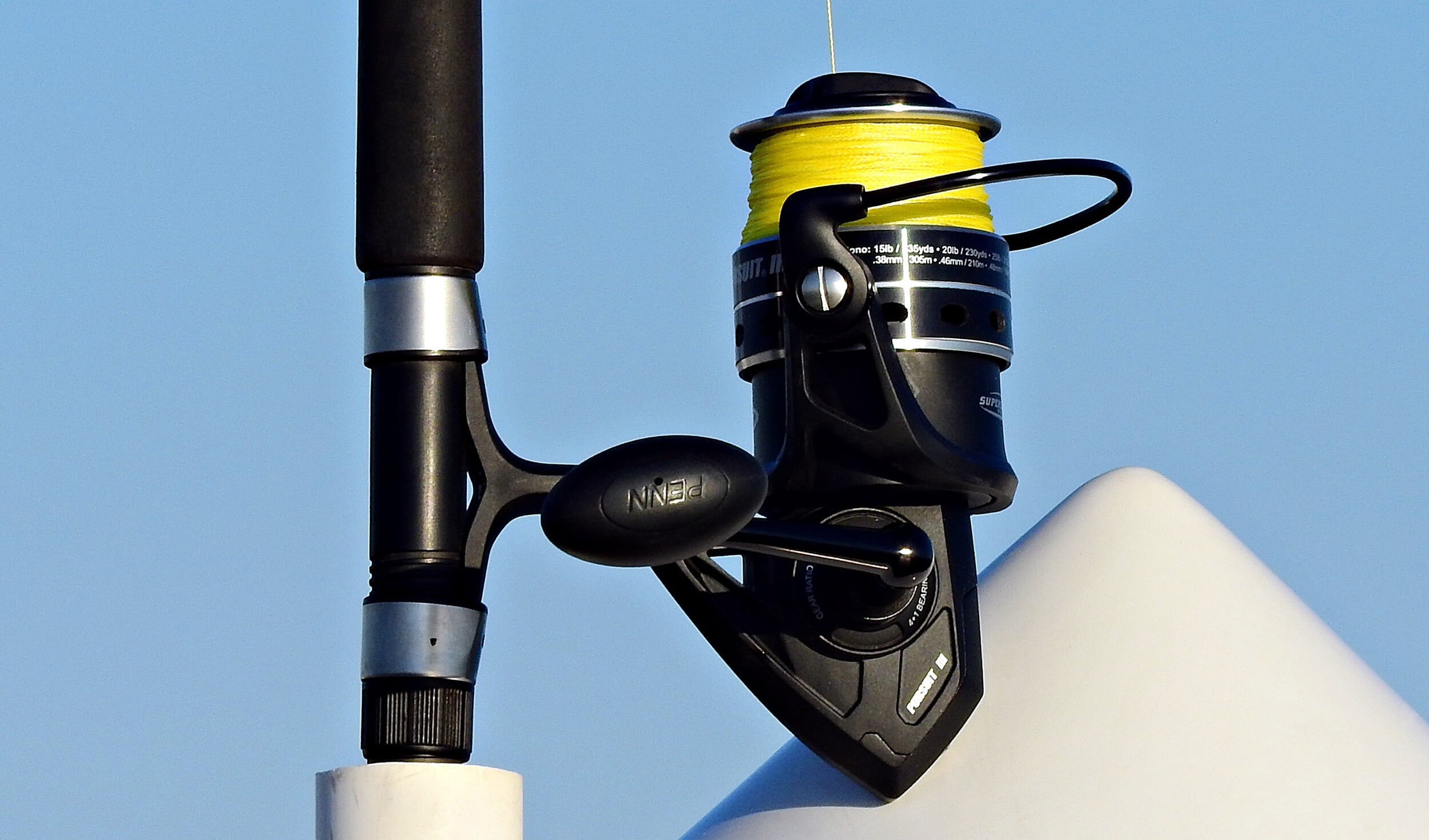
When choosing the best option, you should pay attention to:
- Color . As practice shows, the color is important: it should not scare off the fish, however, the visibility for the spinning player is sometimes significant.
- Thickness . The thickness is chosen according to two main criteria: the test of the rod and the weight of the intended catch.
- Tensile strength . A thicker line does not always show higher strength: much depends on the material and the conscience of the manufacturer.
- Extensibility . Specific elongation can be different: in some cases, high elongation is acceptable, in others it is a serious disadvantage.
- Material . Monofilament options remain the most popular, but under some conditions it is preferable to use braids or fluorocarbon.
- Purpose . Here, the test of the rod is at the forefront, as well as the use of a fishing line as a main or lead line.
And one more thing: have you heard the anecdote about what is written on the shed, and there is firewood there? This also applies to our question. If you buy an expensive branded line, the information on the package can be trusted. If it is about cheap products from the Middle Kingdom, then how lucky you are, there are no quality guarantees.
Spinning line thickness
The first characteristic to be considered is thickness. It would seem that what is easier – take a thicker vein and catch anything you like on it. However, this is a misconception: the thicker the fishing line, the more noticeable it is in the water, the worse it behaves when navigating and transfers the movements of the angler to the tackle.
The most common thickness is 0.2-0.25 mm . This is a versatile option for fishing medium sized specimens and the most common rod types. It is used when using most artificial baits for all predatory fish in our reservoirs, with the exception, perhaps, of trophy pike or catfish – a more serious cord is needed there. If it is not supposed to catch large specimens, and the fishing takes place on a uniform non-viscous bottom, without vegetation and snags, the thickness can be further reduced.
Another important point – the lower the rod test, the thinner the line is selected for it. For ultralight spinning rods, the minimum thickness is used that can withstand the playing of an average individual.
It should be borne in mind that the thickness is not equivalent to the tensile strength: this indicator varies depending on the material from which the line is made, as well as the quality originally laid down by the manufacturer.
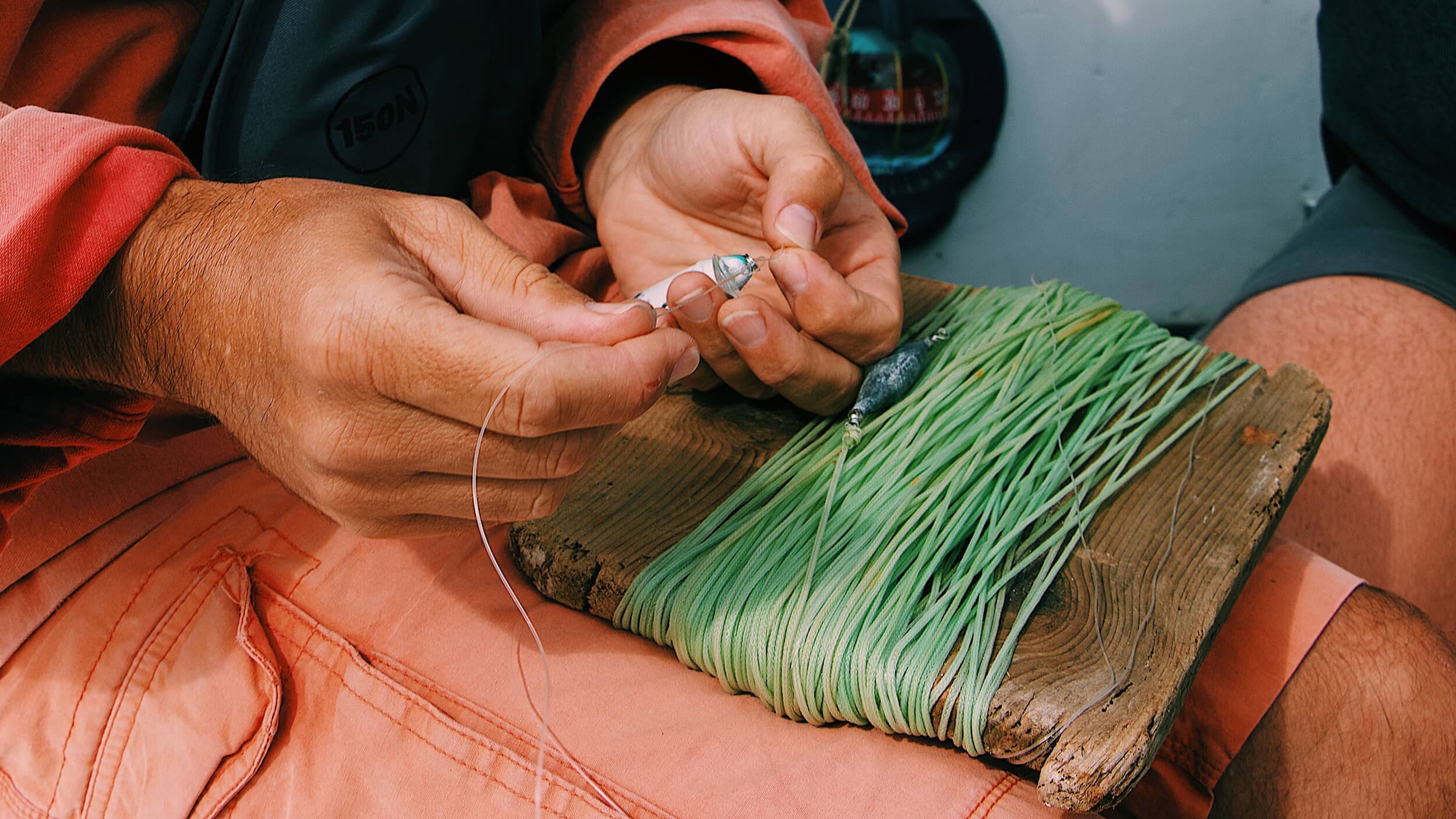
Color
Color is not the most fundamental indicator, but sometimes it is worth considering when choosing a fishing line. The most versatile option is the translucent vein , which is used by most beginners and anglers who don’t want to bother with rigging unnecessarily.
However, when choosing a color, it is worth considering what is most important: control over the wiring or the invisibility of the rig in the water. In any case, it is rational to take into account that:
- Transparent, grayish, bluish, beige colors merge with clean transparent water and sandy or pebble bottom.
- When fishing in a silted or overgrown reservoir, it is worth choosing a line of the appropriate shade: khaki, marsh, brown – in a word, merging with the environment.
- If you fundamentally see the behavior of the rig during wiring, it is better to take a core of an expressive color – red, milky white or yellow.
- Especially for the special visibility of the rig, luminescent versions have been created, ideal for fishing in poor visibility conditions (at dawn, at dusk, with dense clouds).
Conclusion: for a beginner who is just mastering the basic spinning wires , it is better to stop at a more distinguishable option in water. The next step is to be guided by the fundamental principle of stealth.

Line types
The modern industry, focused on the production of goods for the hobbyist angler , offers new options for lines with different characteristics. They differ markedly in raw material and hence in performance.
At the moment, the most often used in spinning fishing as the main line are:
- Monofilament . Monofilament line is made predominantly from nylon and has been known to anglers for centuries. It exhibits quite decent tensile strength, which is in direct proportion to the diameter.
- Braid . A fishing line, woven from several veins, with different characteristics, is often used as the basis for tackle when catching trophy specimens. It is especially good in conditions where the risk of snagging is increased.
- Fluorocarbon . A relatively new, but rapidly gaining popularity option. It is not particularly durable, but it has another “trick” – maximum mimicry in water.
Unfortunately, there is no universal option, therefore we will try to understand the advantages and disadvantages of different types of lines in more detail.
Monofilament
Monofilament line is a veteran of the fishing industry: it was born with the birth of the first synthetic polymers. When choosing a monofilament fishing line, special attention should be paid to the manufacturer: it is not too expensive, so it is better to give preference to proven brands.
The most pleasant features in spinning fishing include:
- Favorable wiring behavior. The monofilament responds well to the actions of the angler, allowing you to navigate like a textbook.
- Extensibility. Elongation can be viewed as a positive characteristic: the core absorbs, dampening the movement of the prey and reducing the load on the rod, which minimizes the risk of breakage.
- Low temperature resistance. In cold weather, the monofilament becomes more rigid, but as the temperature rises, it quickly restores its original characteristics.
- Relative stealth. With the right choice of color, the monofilament is practically invisible in water, especially transparent or with light natural shades.
- Availability. Monofilament line is the most affordable option among all existing ones.
Negative characteristics are as follows:
- UV instability. With frequent use in the open sun, the monofilament becomes more rigid and inelastic.
- Extensibility. Excessive extensibility also has a negative side: it prevents a clear transfer of the bite to the rod, and also contributes to the weakening of knots on the rig (which is why it must be wetted when tying it).
- Memory effect. The fishing line “remembers” the shape it is in for a long time. This means that it comes off the spool in turns, which is not very comfortable.
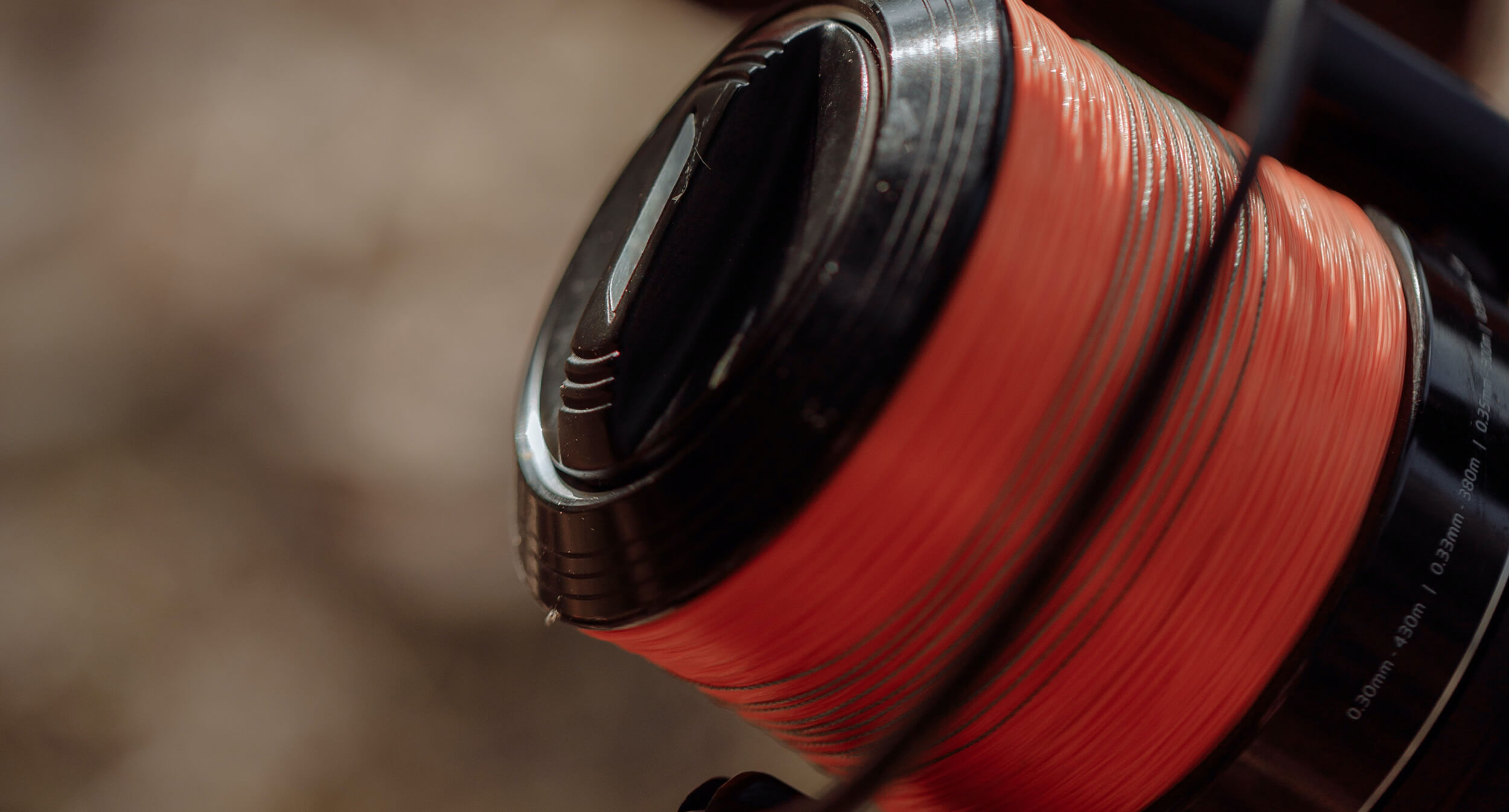
Braid
Braided line is a series of braided strands made from artificial polymer materials. Sometimes these veins are impregnated with all kinds of compounds (including flavors), and are also enclosed in personal shells.
Among the advantages of braids are:
- High strength. The braid is twice as strong as a monofilament of the same diameter (with proper quality, of course).
- Wide range of colors. Technologies make it possible to give the braid any color and full opacity.
- Lack of memory effect. The braided line lies flat even from the spool: it is not subject to deformation.
- Fine transfer. Due to the minimal elongation, the braid immediately transfers the bite to the rod – it all depends solely on the angler’s reaction.
- UV resistant. During long-term operation in the open sun, the braid does not lose its properties.
The obvious disadvantages of the braid are the consequences of its advantages:
- Moisture permeability. Water can become stagnant in the weave, which leads to a deterioration in performance. Drying the cord from the inside is problematic.
- Inextensibility. This characteristic has a positive effect on the sensitivity of the rig, but negatively on its strength. When playing a powerful specimen, you can break the rod: the cord does not absorb and does not dampen movement.
- Visibility. When catching a passive, careful predator, it is better not to use a braid: it is noticeable in the water from afar and does not occur in a transparent version.
- Sensitive to cold. At low temperatures (not even in frost), the braid becomes rigid and loses some of its positive properties, sometimes irrevocably.
- High price. Braid from the same manufacturer will definitely cost more than a monofilament.
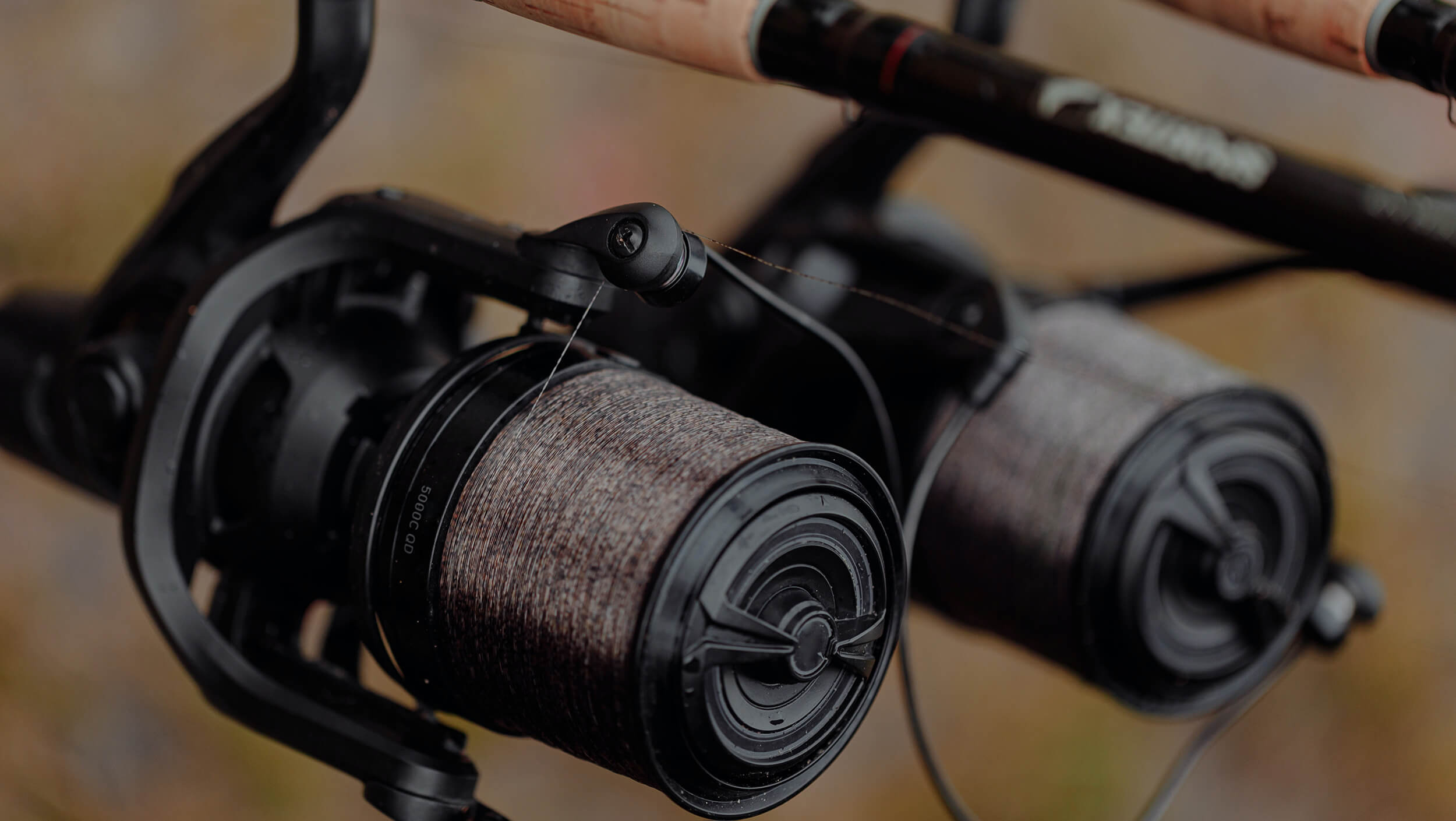
Fluorocarbon line
Fluorocarbon line is a relatively new phenomenon in the fishing tackle market. The scope of its application is rather limited (it is used mainly to create leashes), however, ultralight lovers sometimes use it as the main one.
The positive qualities of fluorocarbon are as follows:
- Stealth. Spinning anglers often choose fluorocarbon line for catching a passive predator – due to its stealth, it does not alarm the fish.
- Rigidity. Sufficient rigidity contributes to good bite transfer to the rod.
- Durability. Fluorocarbon fishing line lasts a long time: it is not subject to rapid wear, even when fishing on rocks or shell rock.
- Heat resistance. This line will not deteriorate in direct sunlight and low temperatures.
- Minimum memory. Fluorocarbon badly “remembers” the shape, therefore it comes off the spool exactly, not in turns.
There are few negative qualities , but they are:
- Rigidity. Excessive rigidity creates problems with rigging: the knots are quite rough.
- Low tensile strength. Everything in the world is relative: a high-quality fluorocarbon cannot be called fragile, but it is noticeably inferior to a monofilament, and even more so to a braid.
- High price. Branded fluorocarbon line is expensive, so its use as the main line is not financially justified.
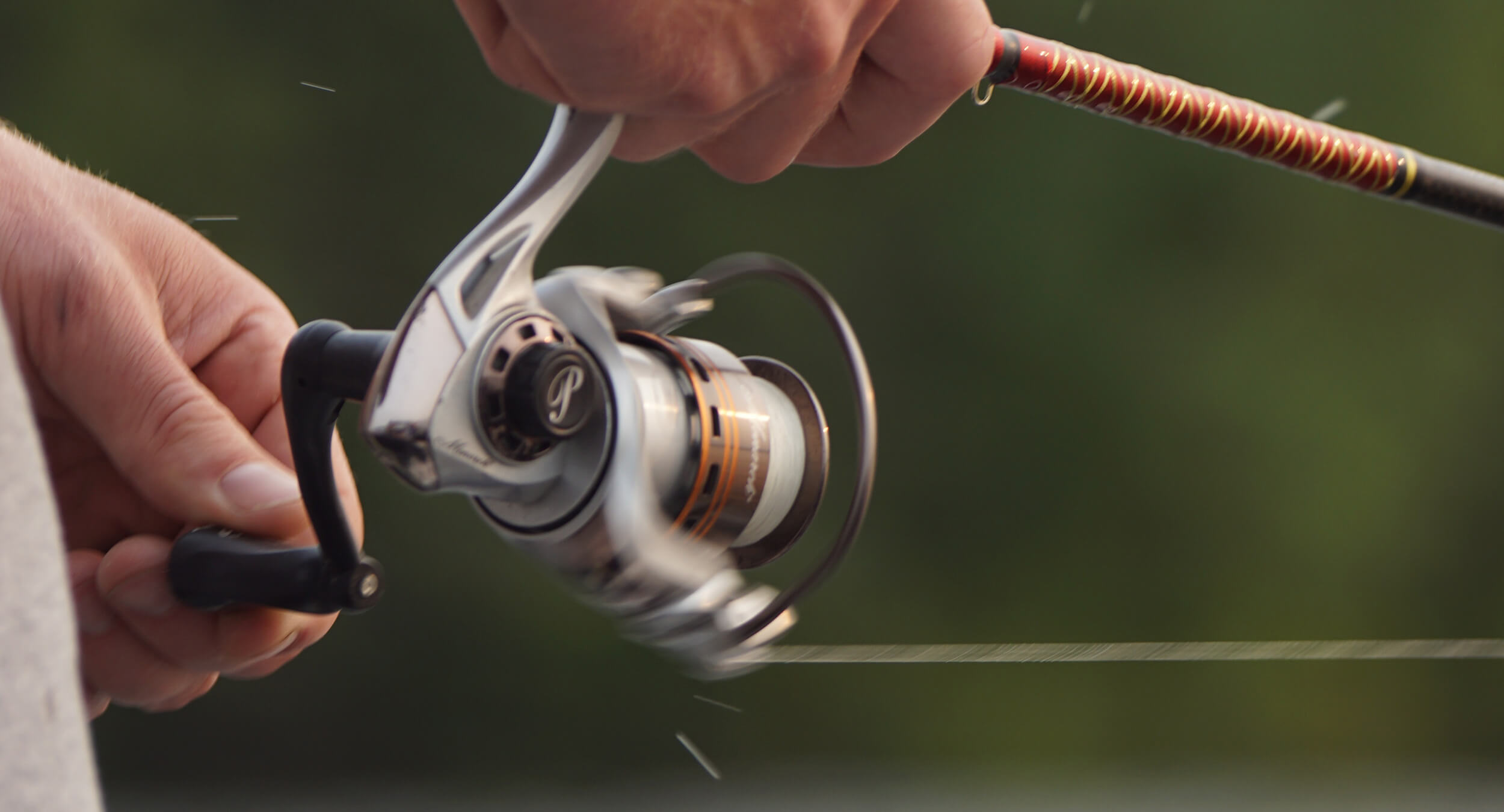
Leash line
The leash is an integral part of the spinning rig. It has two main functions. The first of these is reinforcement: a trophy pike can easily bite into a rig. The second function is to protect the tackle: when wiring, hooking or playing a large specimen, let the leash break off better, because its replacement with experienced hands is a matter of a couple of minutes at most. A leash secured with a clasp and a swivel is easier to replace than a leash imposed with a knot.
Leashes made of all kinds of metals and alloys are often used to catch trophy pike: steel, tungsten, titanium (the latter are the most expensive). Leashes made of nylon (that is, the aforementioned monofilament) with improved characteristics have also been known for a long time. They are inexpensive, it is not a pity to lose them, but their durability is far from record. However, in most cases, it is enough for catching perch , pike perch and small pike.
The best solution to the leash problem in today’s conditions is fluorocarbon. With sufficient thickness, it is strong enough and at the same time practically invisible in the water: it does not alarm even a passive predator.
The choice of fishing line depending on the fish
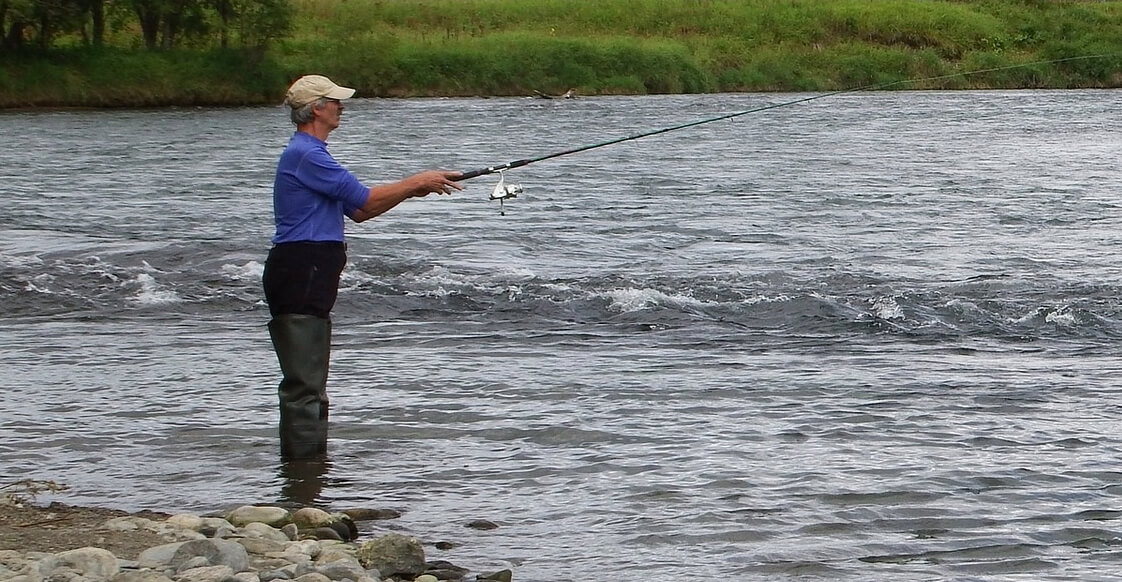
If you are a completely green beginner in spinning fishing, we recommend a win-win: branded products indicate not only that this line is intended for spinning fishing, but also what kind of fish it is better to catch with it.
For pike fishing , a braid with a thickness of up to 0.2 mm maximum is optimal (remember that a braid is much stronger than a monofilament). To begin with, it is better to dwell on an inexpensive option: the cord does not already have high wear resistance, and it breaks down almost instantly from frequent inept casts. However, when it comes to fishing with spoons, it is better to choose the good old monofilament: cheap and cheerful.
For catching perch and pike perch, which very rarely reach trophy sizes, a braided cord of 0.1 mm in diameter or twice as thick monofilament is sufficient. In all cases, it is best to use fluorocarbon as a leash (by the way, they are also sold ready-made).
So we got acquainted with the main characteristics of various types of lines and their characteristics. We hope this information will be useful not only for beginners, but also for experienced spinners. We wish you more effective casts, fewer holds and maximum pleasure from spinning fishing.

